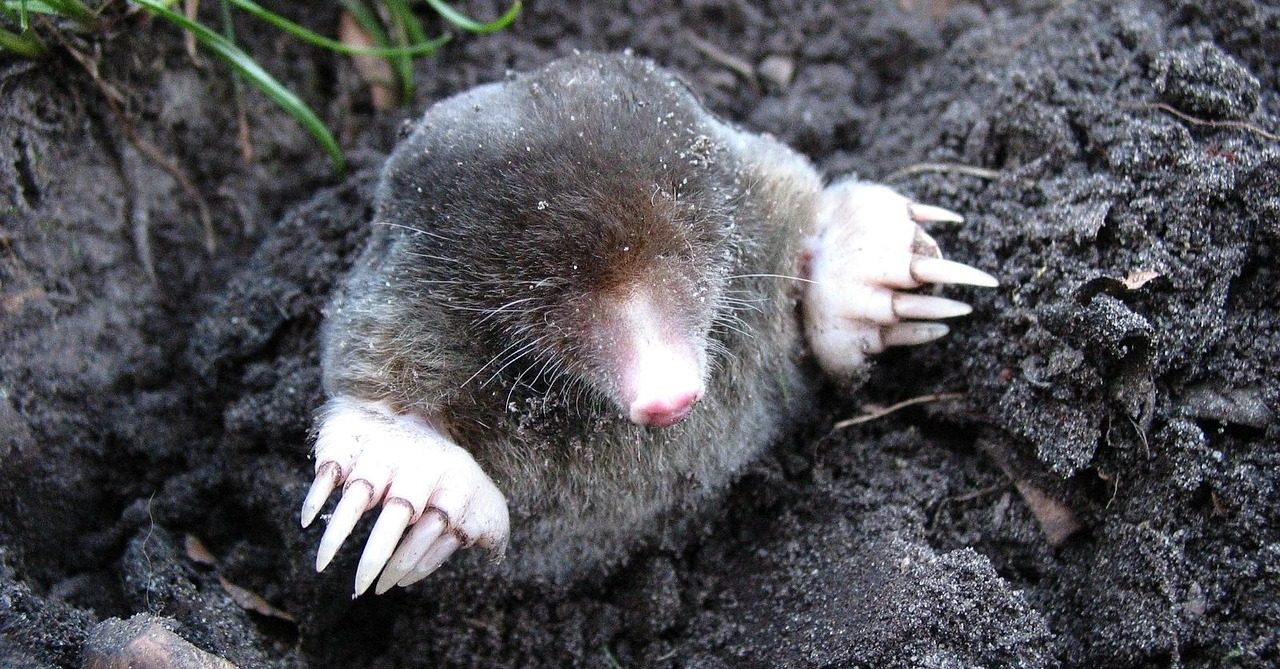Subscribe to trusted local news
In a time of both misinformation and too much information, quality journalism is more crucial than ever. By subscribing, you can help us get the story right.
- Subscription costs less than £1 a week with an annual plan.
Already a subscriber? Log in here.
09
Dec 2023
The Nidderdale mole catcher: “People can be funny about what I do”

The picture book image of the shy, simple and typically bespectacled mole provokes a certain fondness among those of us who grew up reading The Wind in the Willows.
So it came as a shock to me to learn that moles are classed as pests in the UK. Homeowners want to get rid of them because of the damage inflicted to their lawns. And for farmers, moles are a serious issue. Mole hills can damage agricultural machinery, while disturbed soil can contaminate hay used to feed livestock, potentially with fatal consequences.
Keeping moles under control is a traditional rural skill going back centuries, with mole catchers so highly valued in the 18th century that they were paid more than surgeons. But times have changed and, although mole catchers are still very much in demand today, the job and the method of doing it divide opinion.
That's why mole catchers such as Nidderdale-based Dave the Moleman are aware of not attracting too much attention from those who might disagree with what they do.
Despite his professional moniker, away from work he’s reticent to tell people what he does for a living – and didn’t want to share his surname for this article.
Dave has learnt to be more considerate of how his job might be perceived, particularly by his domestic customers and members of the public. At one time, he was more open about what he did, even posting pictures on Facebook of the moles he caught, but now finds it distasteful.
Mole facts

- The common or European mole is native to mainland Britain
- There are estimated to be around 35-40 million of them in this country
- They live on average for about three years
- Mole tunnels are basically giant traps to catch the earthworms, grubs and larvae they feed on, needing to consume half their body weight every day
- Moles live a solitary existence and are territorial, only coming together to mate between March and May
- A female usually has about three or four pups during the summer, which are sent off to find their own way at about a month old
- Moles can paralyse earthworms with their saliva and store them to eat later
- A mole was responsible for the death of King William III in 1702, when his horse tripped on a mole hill and threw him to the ground. The king broke his collarbone, developed pneumonia and died two weeks later
- Garments made from mole fur became fashionable in the early 20th century after Edward VII’s wife, Queen Alexandra, began the trend. At one point, more than 1 million skins were sold each year in London
There’s a definite art to mole catching. In fact, it was 15 years before Dave was satisfied his mole trapping skills were worth charging people for. He’d been practising now and again for local farmers, experimenting with different traps and ways of setting them, but just couldn’t quite get it right.
In the end, the answer to mastering this traditional rural skill was remarkably modern: a tutorial on YouTube, recommended to him by a mole catcher from Doncaster.
So why had he stuck at something so unpromising for such a long time?
It’s a skill, he says, but it’s not particularly difficult – once you know what you’re doing and you’ve got the right equipment. And experience counts for a lot, too.
Dave has seen demand for mole-catching pretty evenly split between domestic and agricultural jobs, with domestic work on the increase - for a surprising reason.
Agricultural jobs often come in the spring to ensure the land is mole-free long before the ploughing season begins. Autumn and winter can affect the amount of work, too. Mole tunnels are usually two to six inches below the ground. But when the weather turns wetter, moles tend to follow the worms and grubs they feed on further below ground, making tunnels harder to find and mole hills less visible. And if the ground is too hard during a cold snap, it’s difficult to dig into.
Dry weather can also drive worms and moles further below ground, so summer can see demand for mole-catching trail off, although anyone using a sprinkler for their lawn will keep the worms – and therefore the moles - active.
The next generation
Last year Dave was diagnosed with prostate cancer, and has had to pause his business and pass on work to another mole catcher to keep his clients happy. He now has the all-clear and is hoping to return to work in the spring, but it has made him realise he may not be able to work as a mole catcher forever.
0